As the demand for sustainable living increases, investing in prefabricated eco-friendly homes has become an attractive option for many. These homes are constructed off-site and are designed with a strong focus on energy efficiency, reduction of waste, and minimal environmental impact. With an ever-growing awareness of climate change and the need for environmentally responsible housing, eco-friendly prefabricated homes are gaining popularity in the housing market.
Understanding the characteristics and benefits of prefab eco-friendly homes is essential for potential investors. The building process is more time-efficient than traditional stick-built homes, and the materials and design features are specifically chosen to reduce the overall environmental footprint. A variety of manufacturers specialize in the construction of these homes, each offering unique designs and customization options.
Key Takeaways
- Prefabricated eco-friendly homes are energy-efficient housing options that minimize environmental impact.
- These homes boast a faster building process compared to traditional homes, thanks to off-site construction.
- The market for prefab eco-friendly homes continues to grow, making them an attractive investment opportunity.
Understanding Prefabricated Eco-Friendly Homes
Prefabricated eco-friendly homes, also known as modular homes, are gaining popularity for their various benefits, including sustainability, cost-effectiveness, and convenience. These homes are constructed in off-site factories and assembled on-site, resulting in a reduction in waste and water usage during construction.
One of the main attractions of prefab homes is their environmental friendliness. These homes are designed with energy efficiency and sustainability in mind, often featuring materials that have a low impact on the environment. They may incorporate renewable energy sources such as solar panels or use advanced insulation techniques to improve energy efficiency further.
Prefab homes come in various styles, sizes, and budgets, making them an attractive option for a wide range of potential homeowners. Some popular eco-friendly prefab home builders include:
- Bensonwood
- Unity Homes
- Ecocor
- Holz100 Canada
- Go Logic
- Module Design
- Confederation Log Homes
- Artisans Group
- Bamboo Living
- Phoenix Haus
- Haus.me
As the demand for affordable and sustainable living options grows, the market for prefab homes is predicted to expand rapidly. If you’re looking to invest in an eco-friendly home, consider the benefits of prefabricated modular homes for their combination of convenience, cost-effectiveness, and sustainable design.
Benefits of Investing in Prefab Eco-Friendly Homes
Prefab eco-friendly homes offer a range of benefits to investors, including being affordable, energy-efficient, and sustainable. One of the main advantages of these homes is their fast construction, which significantly reduces the time and labor costs involved in the building process.
In terms of energy efficiency, prefab eco-friendly homes are designed to minimize heating and cooling costs. Improved insulation, highly efficient windows, and optimized building materials contribute to this efficiency. These features also result in a lower carbon footprint compared to traditional homes.
Sustainability is another key factor that makes investing in prefab eco-friendly homes an attractive option. Some companies, such as Dvele, focus on creating highly sustainable homes that incorporate solar energy, water-saving measures, and low-VOC materials.
Such homes often use low-VOC (Volatile Organic Compound) materials, which reduce indoor air pollution and contribute to a healthier environment. Additionally, many prefab homes use recycled or repurposed materials, further promoting sustainability.
Here are some features of prefab eco-friendly homes that enhance their sustainability and energy efficiency:
- Insulation: High-quality insulation materials for walls, roofs, and floors
- Windows: Energy-efficient, double-glazed windows to minimize heat loss and gain
- Ventilation: Properly designed ventilation systems to ensure fresh air circulation
- Lighting: LED or energy-saving lights for lower electricity consumption
- Heating and cooling systems: Energy-efficient heating and cooling systems, such as heat pumps or solar panels
Investing in prefab eco-friendly homes provides a unique opportunity for investors to contribute positively to the environment while gaining financial benefits. With increasing awareness of climate change and the growing eco-friendly housing market, it’s a perfect time for investors to explore the advantages of these sustainable, energy-efficient homes.
Building Process and Time Efficiency
The building process of prefabricated eco-friendly homes begins in a controlled factory environment, where individual components are assembled with precision, avoiding many common construction issues. The modular building process entails several key stages, including preparing oneself adequately, obtaining permits, choosing the layout, component fabrication, site assembly, and acquiring a certificate of occupancy.
An important advantage of the prefabricated approach is the reduction in construction time, as components are being built concurrently with site preparation, leading to a more efficient process. This simultaneous workflow results in significant time savings compared to traditional construction methods. Moreover, when the components are delivered to the site, they are quickly assembled, minimizing site disturbance and labor costs.
Another benefit stems from reduced weather delays, as the majority of construction occurs indoors, protecting materials and craftsmanship from damage. Consequently, projects can proceed during inclement weather without interruptions, preventing costly delays and maintaining the project timeline.
The following table illustrates the different stages involved in the prefabricated building process and their respective time efficiency benefits:
| Stage | Time Efficiency Benefit |
|---|---|
| Component Fabrication in Factory | Concurrent with site preparation, reducing overall timeline |
| Site Preparation | Simultaneous with factory production, maximizing efficiency |
| Delivery and Assembly | Quick and efficient, minimizing site disturbance and labor |
| Weather Resistance | Limited delays caused by inclement weather during production |
In conclusion, investing in prefabricated eco-friendly homes offers numerous advantages in terms of building process and time efficiency. By constructing components in a controlled factory environment, the process ensures both quality and accelerated construction timelines, while minimizing the impact of weather delays. This results in a more cost-effective and environmentally conscious solution in pursuit of modern sustainable living.
Key Features of Eco-Friendly Prefab Homes
Energy Efficiency
Eco-friendly prefab homes prioritize energy efficiency in their design and construction. Many of these homes are designed to be zero-energy or close to it by utilizing solar panels, LED lighting, and energy-efficient construction techniques. Often, eco-friendly prefab homes meet or exceed Energy Star standards.
Some features might include:
- Solar panels: Harnessing solar energy to power the home.
- LED lighting: Reducing energy consumption for lighting by up to 80% compared to traditional bulbs.
- Energy-efficient construction techniques: Using insulated materials that minimize heat loss.
Unique Design and Customization
Eco-friendly prefab homes often offer unique designs and the ability to customize the home to fit specific needs or preferences. Custom home options allow clients to choose from various layouts, materials, and finishes, giving the homeowner complete control over the final look and feel of their house.
For example, companies like haus.me offer customizable and innovative prefab home solutions to cater to diverse requirements.
Health Impact and Sustainability
Promoting health and wellness is an essential aspect of eco-friendly prefab homes. By using low VOC materials and having excellent indoor air quality, these homes ensure that residents stay healthy. More so, they often follow self-sustaining practices, which contribute to overall sustainability.
Some sustainable practices include:
- Low VOC materials: Reduced off-gassing from materials, such as paint and flooring.
- Recyclable materials: Encouraging a more circular economy approach, like the use of bamboo or reclaimed wood.
- Self-sustaining: Some homes aim to be entirely self-sufficient by producing enough energy and managing resources efficiently.
Resilience and Durability
One of the key features of eco-friendly prefab homes is their resilience and durability. These homes utilize sustainable materials that enhance overall strength and lifespan, making them capable of withstanding extreme weather conditions. The house frame can be crafted using cutting-edge technology and renewable materials, ensuring longevity and safety.
In conclusion, investing in eco-friendly prefab homes offers several benefits, from energy efficiency to customization and durability. Favorable for both the environment and residents, these homes are a viable option for anyone looking to pursue a more sustainable lifestyle.
Manufacturers of Prefab Eco-Friendly Homes
There are several manufacturers who specialize in creating prefab eco-friendly homes. These homes focus on sustainability, energy efficiency, and environmentally responsible materials. Some of the top manufacturers are highlighted below.
Connect Homes offers a range of modern, sustainable prefab homes that are designed for energy efficiency and reduced environmental impact. They use recycled materials and energy-efficient systems in their designs to achieve this goal.
Ecocor is a leader in producing eco-friendly prefab homes with a focus on energy efficiency and high-quality materials. They use a panelized building system to create homes that are both sustainable and affordable.
Method Homes creates custom prefab homes with an emphasis on green building and energy efficiency. They offer a variety of customizable designs to suit individual needs and preferences.
Plant Prefab focuses on environmentally responsible, innovative design for prefab homes. Their offerings include a range of customizable floor plans and advanced energy-saving technologies.
Bamboo Living specializes in the construction of eco-friendly homes made from bamboo, which is a fast-growing, renewable material with a low carbon footprint. This unique approach to building provides strong and visually appealing homes.
Go Logic is known for their passive house designs, which are built to be energy-efficient and eco-friendly. They use high-quality materials and construction methods to create durable, low-energy homes.
Artisans Group is an architecture firm that creates prefab homes with a focus on energy efficiency and sustainable design. Their portfolio includes a range of prefab homes with modern aesthetics.
Phoenix Haus is another manufacturer of eco-friendly prefab homes that focuses on minimizing environmental impact and maximizing energy efficiency. Their innovative designs aim to balance form and function while being eco-friendly.
Other notable eco-friendly prefab home manufacturers include Alchemy Lighthouse ADU, Ark Shelter, Bone Structure, Ecocraft Homes, Unity Homes, and Blu Homes. All of these companies strive to create innovative, sustainable prefab homes with a focus on reducing environmental impact and providing energy-efficient living spaces.
Environmental Impact of Prefab Homes
Prefab homes, also known as modular homes, have a lower environmental impact compared to traditional on-site construction methods. They offer several advantages in terms of reducing carbon emissions and fostering a more sustainable lifestyle.
One of the main benefits of prefab homes is their energy efficiency. By using advanced building techniques and materials, they significantly reduce energy consumption during their lifecycle. For example, they often employ passive solar techniques and use well-insulated materials to cut down on heating and cooling costs. This, in turn, results in reduced carbon emissions and a smaller carbon footprint.
Moreover, the construction process itself generates less waste and pollution. Unlike traditional construction methods, prefab homes are built in controlled factory environments using standardized processes, materials, and components. This controlled environment allows for a more efficient use of resources and minimizes waste generation. Additionally, construction sites for prefab homes produce fewer disturbances to the surrounding natural habitats and ecosystems, which helps preserve biodiversity.
Prefab homes often incorporate sustainable and recycled materials in their designs. Companies like Ecocor and Bensonwood prioritize the use of environmentally friendly materials that can be recycled or have a lower carbon footprint, for example, sustainably sourced wood or recycled steel.
In conclusion, prefab homes provide a more sustainable and eco-friendly alternative to traditional home construction methods. They reduce carbon emissions by optimizing energy efficiency, minimizing waste generation, and promoting the use of eco-friendly materials. By investing in prefab homes, individuals and communities support sustainable living practices and contribute to a greener future.
Comparison with Traditional Homes
Prefabricated eco-friendly homes offer several advantages over traditional homes. One notable difference is the construction process. Traditional homes are built on-site, which can take months to complete. In contrast, prefab homes are manufactured off-site in a controlled environment, reducing the construction time to a few weeks. This faster process can be attributed to the assembly line-style production and a streamlined building process, as evident in companies like Unity Homes.
Another key aspect is sustainability. Eco-friendly prefab homes are designed to minimize their environmental footprint, using energy-efficient materials and building techniques. Their tight seams and state-of-the-art windows help reduce energy bills by keeping heat in, as mentioned by SmartAsset. Moreover, these homes often use sustainably-sourced materials, integrating features such as solar panels and water-saving systems.
When it comes to costs, prefab homes can be more budget-friendly than their traditional counterparts. Factory construction allows for better cost control and reduced material waste, as pointed out by HOMEiA. While it’s true that the initial price of a prefab home may be comparable to a traditional build, the long-term savings on energy and maintenance costs make them a more cost-effective choice.
However, there are also things to consider when comparing prefab and traditional homes. In terms of flexibility, traditional homes can cater to unique designs better than prefab homes which often come in predetermined layouts. Estate houses, for instance, may require a level of customization that the prefab industry does not yet offer.
Finally, the resale value of a prefab home may be perceived to be lower than that of a traditional home by some buyers. While modern prefabs have come a long way in terms of quality and aesthetics, misconceptions about their durability and value still persist. Nonetheless, as more people become aware of the benefits of eco-friendly homes and their potential for long-term cost savings, prefabricated homes may gain a stronger foothold in the market.
Market Overview and Growth Prospects
The prefabricated eco-friendly homes industry is experiencing significant growth, with the market size expected to grow from USD 234.17 billion in 2023 to USD 331.36 billion by 2028, at a CAGR of 7.19% during the forecast period (2023-2028). This growth can be attributed to the increasing demand for affordable and sustainable housing options.
Manufacturers of prefabricated homes are focusing on offering various types of eco-friendly materials and construction methods to cater to the evolving market needs. Some popular types of prefabricated homes are manufactured homes, modular homes, panelized homes, and precut homes. The prefabricated housing market is expected to reach $19.3 billion by 2024 with a CAGR of 4.6% from 2019 to 2024.
When looking at the housing market, the rise in sale prices and the growing need for affordable housing solutions are driving factors for the demand for prefabricated eco-friendly homes. These homes are not only cost-effective but also minimize the environmental impact and reduce construction time.
One notable example in the industry is the concept of the house port. A house port is a hybrid between a house and a carport, providing shelter for the home using solar panels. This design allows homeowners to harness solar power for their homes while reducing the building’s carbon footprint.
In conclusion, the prefabricated eco-friendly homes market is poised for growth, driven by factors such as rising sale prices in the housing market, increasing demand for affordable housing, and the need for sustainable housing solutions. The industry’s expansion will likely continue as innovative concepts like the house port gain traction and more manufacturers capitalize on the benefits of eco-friendly prefabrication.
Environmental Impact
Prefabricated eco-friendly homes are gaining traction as a sustainable alternative to traditional housing. These homes have several environmental benefits that contribute to a greener future. In this section, we will discuss the most significant advantages of investing in prefabricated eco-friendly homes.
Firstly, the construction process of prefab homes tends to be less wasteful compared to traditional on-site building methods. The manufacturing of these homes in a controlled environment allows for precise measurements and assembly, which significantly reduces material waste. Furthermore, surplus materials can be more easily reused or recycled in prefab construction.
Secondly, prefab homes contribute to energy efficiency. They are often designed with airtight construction, advanced insulation, and efficient heating and cooling systems. These features allow for lower energy consumption and reduced greenhouse gas emissions. Higher energy efficiency also results in lower utility bills, making prefab homes an attractive investment.
Some of the eco-friendly prefab home builders include:
Lastly, sustainable materials are commonly used in the construction of prefabricated eco-friendly homes. These homes could incorporate materials such as bamboo, recycled steel, or reclaimed wood, reducing the need for new resources and lessening the environmental impact. Additionally, the use of non-toxic, low-VOC (volatile organic compounds) materials and finishes contributes to better indoor air quality for occupants.
In summary, investing in prefabricated eco-friendly homes helps to mitigate the environmental impact of the housing industry. These homes promote material efficiency, energy conservation, and the use of sustainable resources, all while providing comfortable and healthy living spaces for their occupants.
Frequently Asked Questions
What are the top eco-friendly prefab home manufacturers?
Some leading eco-friendly prefab home manufacturers include Bensonwood, Unity Homes, Ecocor, Holz100 Canada, Go Logic, Module Design, Confederation Log Homes, Artisans Group, Bamboo Living, and Phoenix Haus. These companies focus on creating sustainable and energy-efficient homes using innovative designs and materials.
What factors should I consider when choosing a prefab home company?
When selecting a prefab home company, consider factors like the company’s commitment to sustainability and energy efficiency, adherence to building codes and certifications, customization options, affordability, and reputation for quality and customer service. It is also essential to review their portfolio and research customer reviews to ensure you choose a company that aligns with your values and needs.
How affordable and sustainable are modern prefab homes?
Modern prefab homes have become increasingly affordable and sustainable over the years. Many manufacturers offer a wide range of pricing options, with some homes starting as low as $270,000. Moreover, prefab homes generally have lower construction waste, resulting in a reduced environmental impact. They can also incorporate energy-efficient features, such as solar panels and insulation, leading to long-term savings on utility bills.
What are the common environmental benefits of prefabricated homes?
Among the key environmental benefits of prefabricated homes are reduced construction waste, lower energy consumption during the building process, improved insulation, use of eco-friendly building materials, and opportunities for integrating renewable energy systems. Furthermore, prefab homes often incorporate water-saving features, like rainwater capture and grey water reuse, which contribute to a smaller environmental footprint.
How does the cost of building an eco-friendly prefab home compare to traditional construction?
While the initial cost of building an eco-friendly prefab home may be higher than traditional construction, homeowners can experience long-term savings through lower utility bills and reduced maintenance costs. Research shows that many buyers are willing to pay extra for a home that results in annual utility savings. Additionally, the efficiency and reduced waste associated with prefab construction can offset the overall cost.
What are the latest trends and innovations in sustainable prefab housing?
Some current trends and innovations in sustainable prefab housing include smart home technology integration, modular designs that allow for adaptability and future expansion, passive house design principles, use of locally sourced and renewable materials, and incorporation of green roofs and living walls. These advancements aim to minimize environmental impact and enhance the overall living experience within the home.
Conclusion
Investing in prefabricated eco-friendly homes is a wise decision in today’s world, as it addresses several pressing issues, such as climate change, safety, and efficient use of resources. These homes provide a sustainable solution to the traditional construction industry, which can contribute significantly to environmental degradation1(https://nestron.house/greenify-monetize-why-eco-friendly-homes-are-the-next-housing-boom).
Prefabricated homes reduce the construction waste and carbon footprint associated with conventional building methods2(https://www.theenvironmentalblog.org/2023/01/4-ways-prefab-homes-give-rise-to-a-sustainable-future/). The controlled manufacturing process ensures high-quality materials and energy-efficient appliances are used, promoting long-term cost savings.
Another factor that makes these homes attractive is their compliance with stringent safety standards3(https://www.forbes.com/sites/meimeifox/2020/09/29/why-prefab-housing-is-key-to-a-sustainable-future/). This ensures that inhabitants can enjoy peace of mind while contributing to a greener future.
However, investors should consider the potential return on investment when evaluating the attractiveness of eco-friendly homes4(https://homeia.com/buy-house/are-modular-homes-a-good-investment/). Factors such as local real estate market trends, existing infrastructure, and the adoption of sustainable living practices in the community play a significant role in determining the profitability of such investments.
In conclusion, investing in prefabricated eco-friendly homes is an impactful and future-proof choice. By supporting the move towards more sustainable construction methods and living arrangements, investors can create a lasting, positive impact on both the environment and the broader community.
Footnotes
- https://nestron.house/greenify-monetize-why-eco-friendly-homes-are-the-next-housing-boom/ ↩
- https://www.theenvironmentalblog.org/2023/01/4-ways-prefab-homes-give-rise-to-a-sustainable-future/ ↩
- https://www.forbes.com/sites/meimeifox/2020/09/29/why-prefab-housing-is-key-to-a-sustainable-future/ ↩
- https://homeia.com/buy-house/are-modular-homes-a-good-investment/ ↩

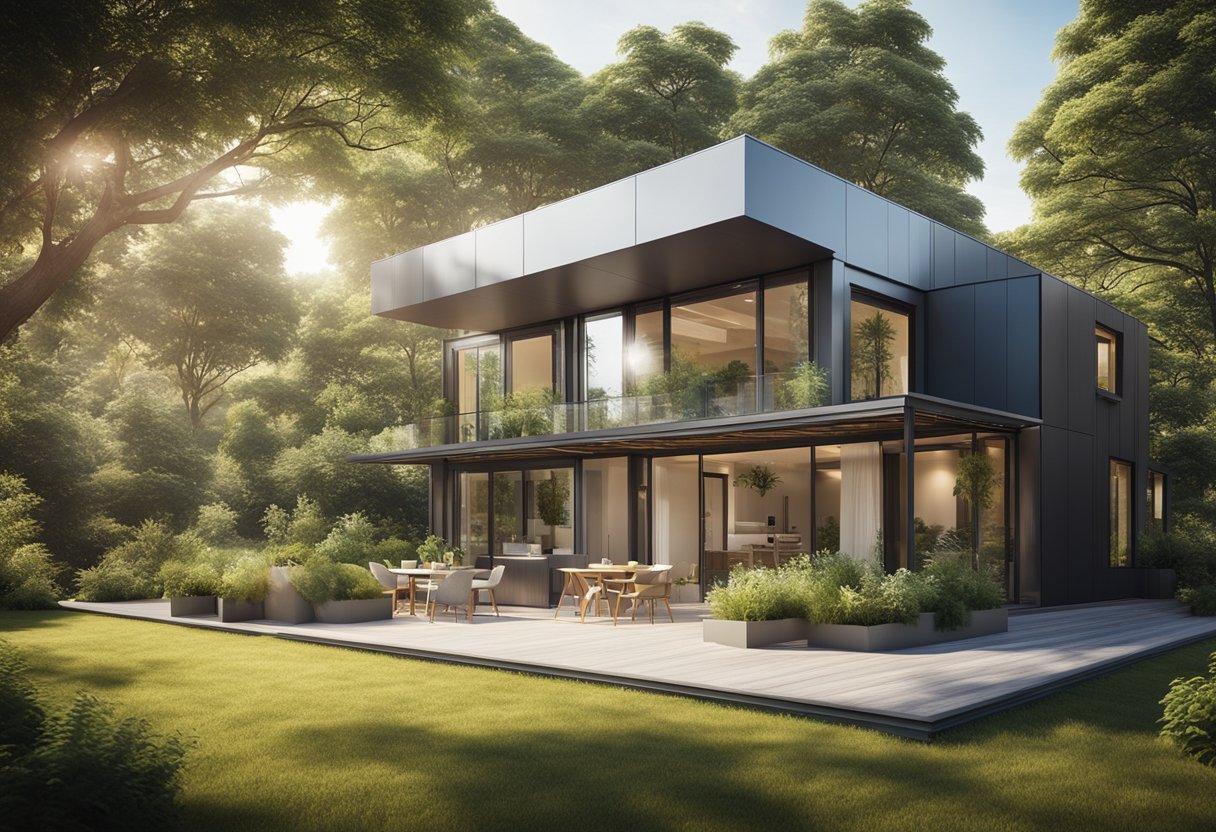
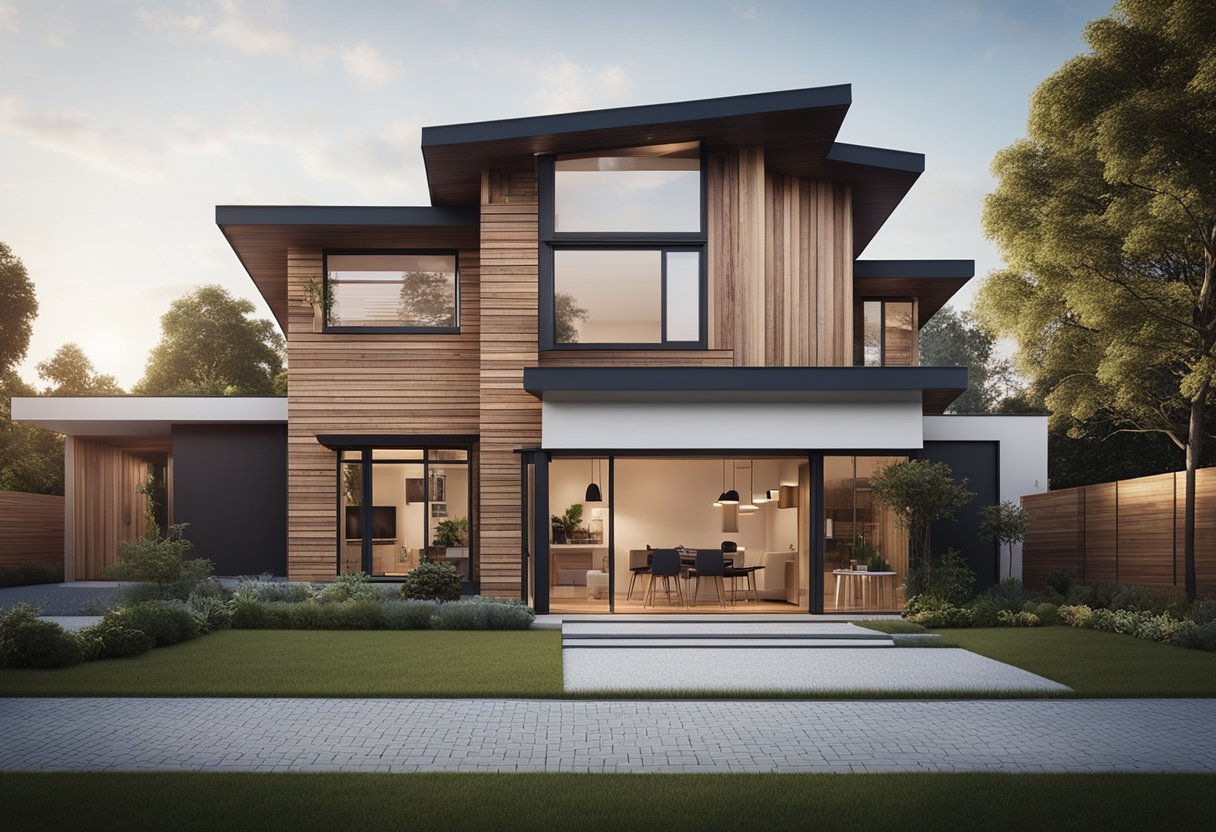
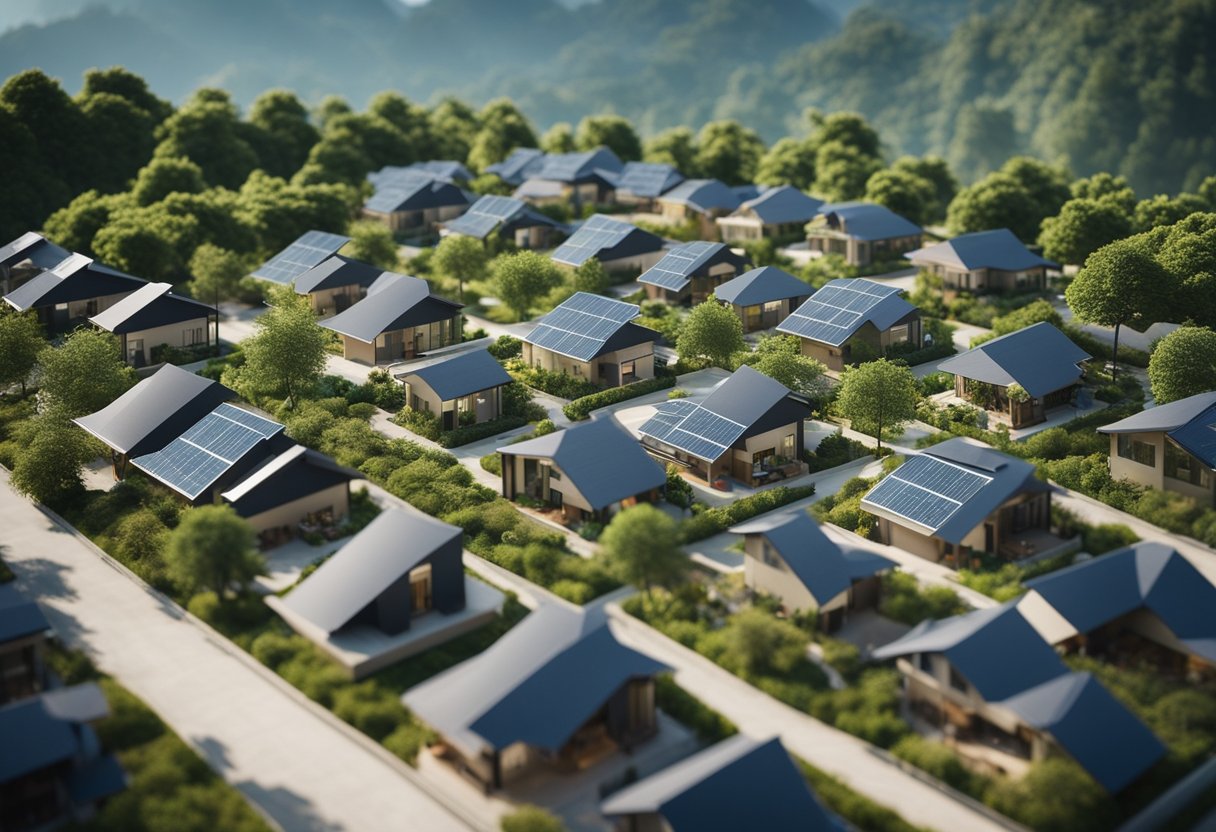
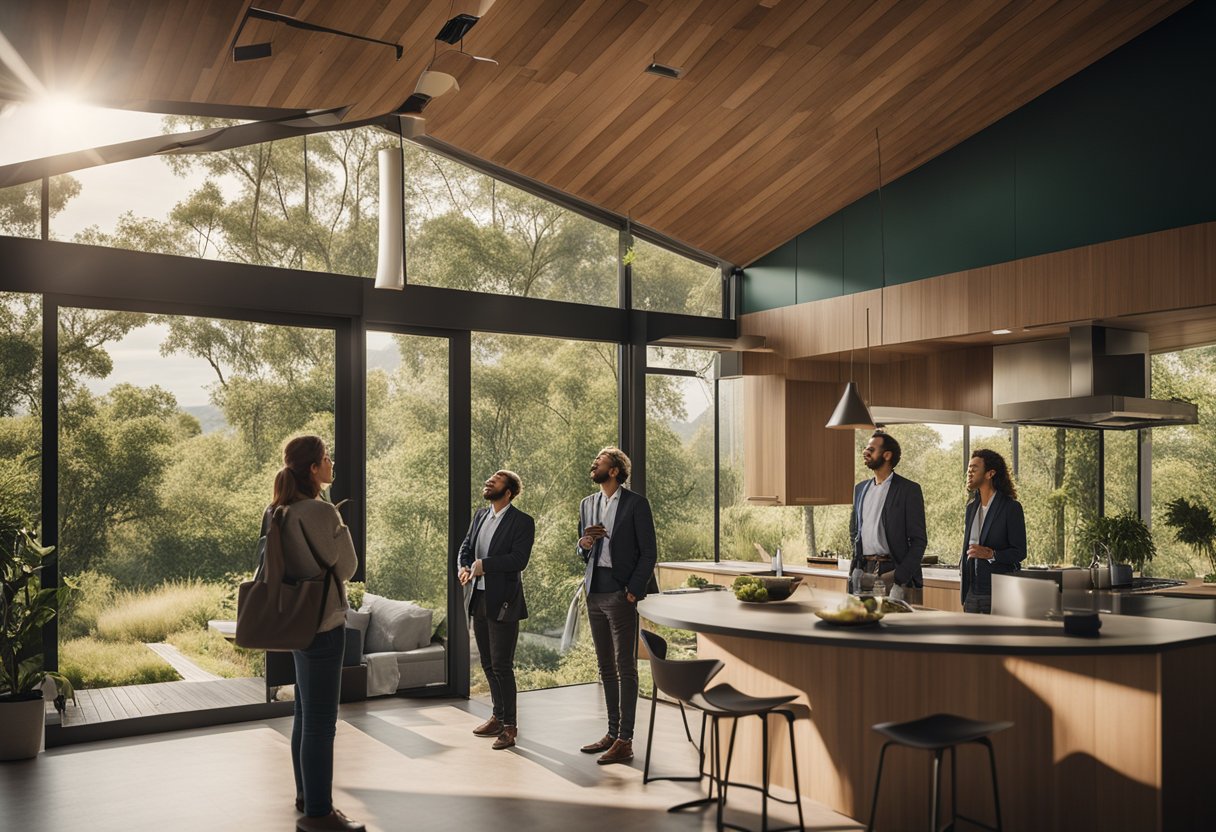
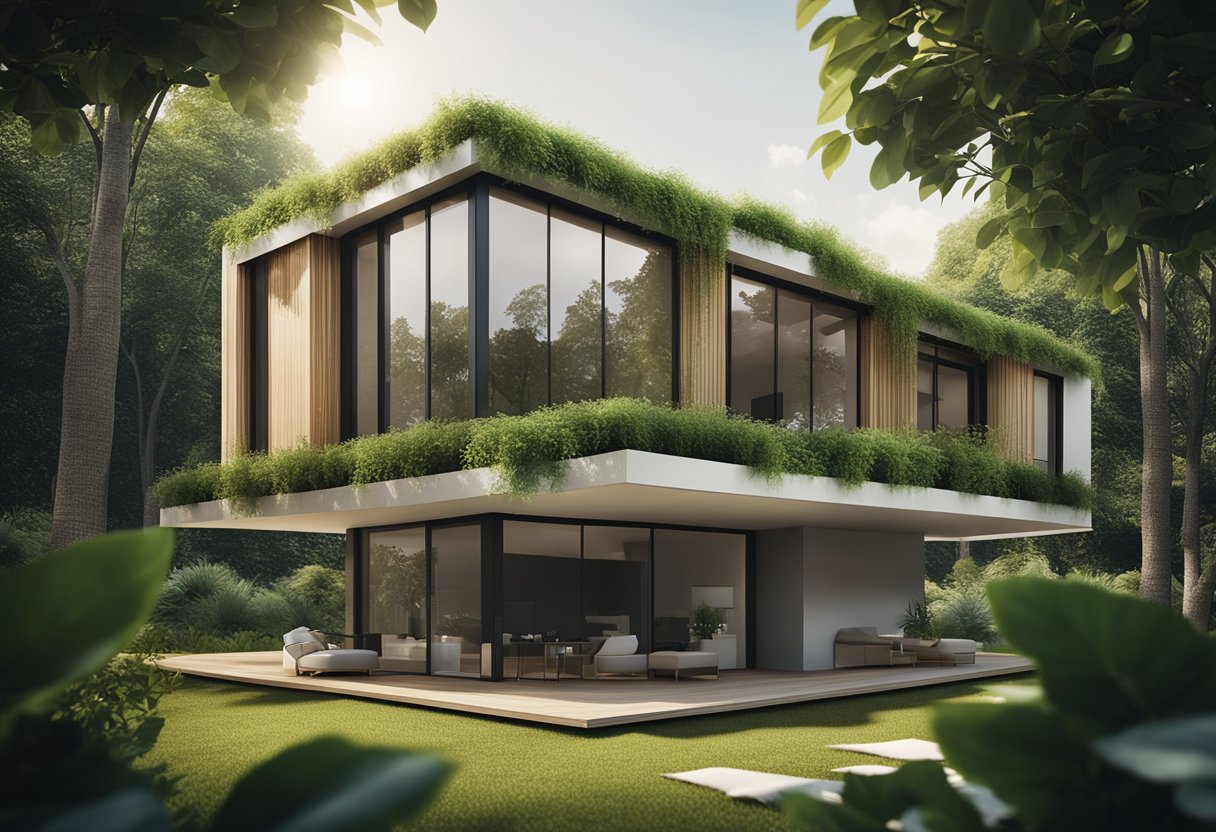
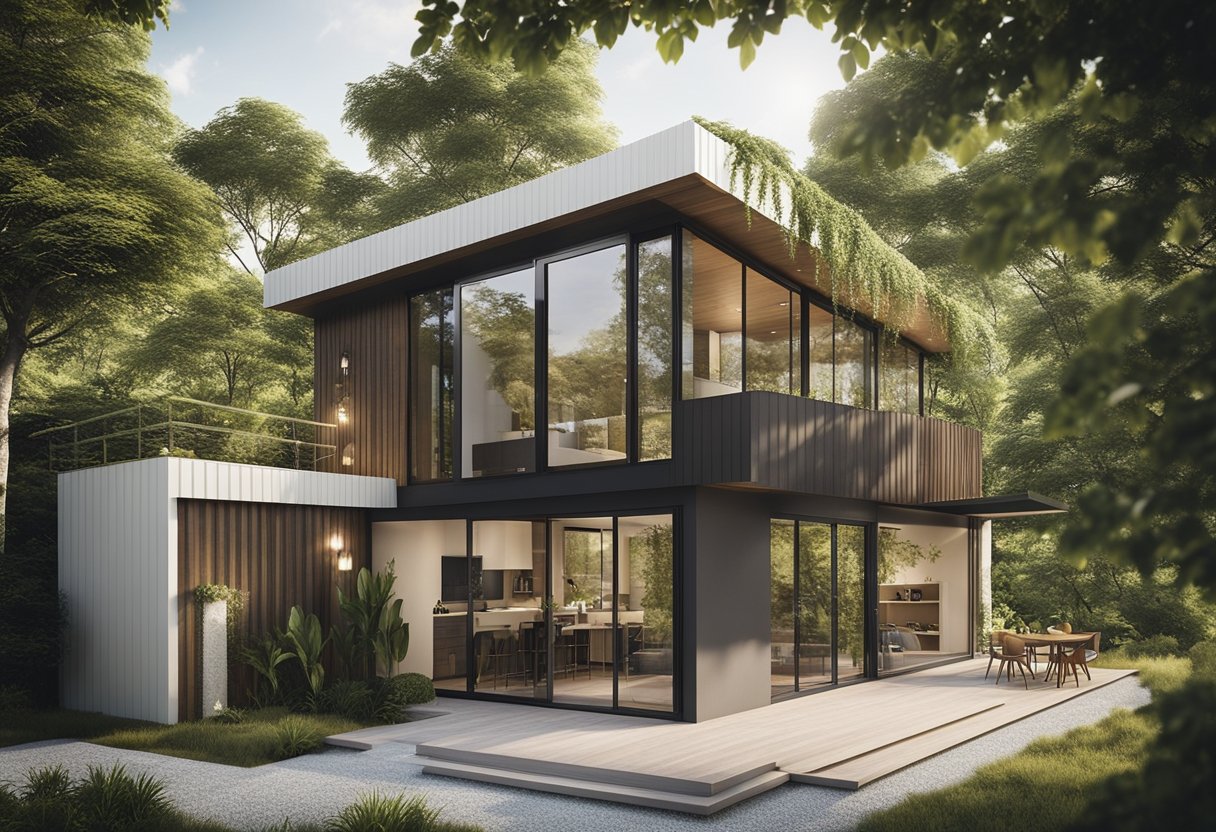

Recent Comments